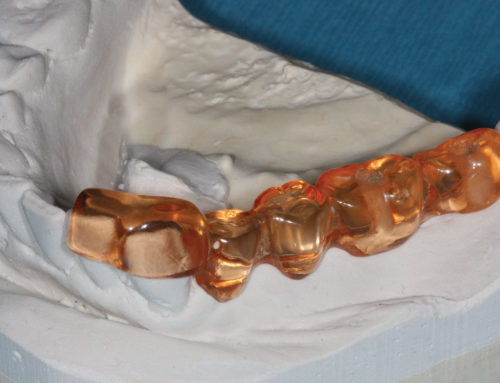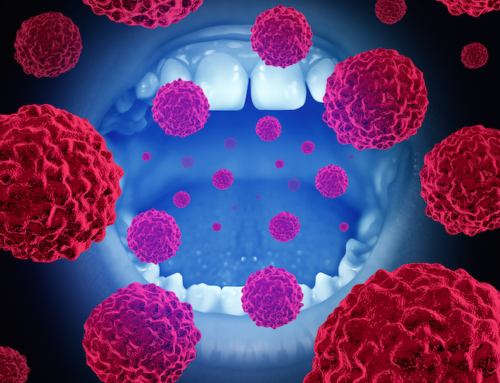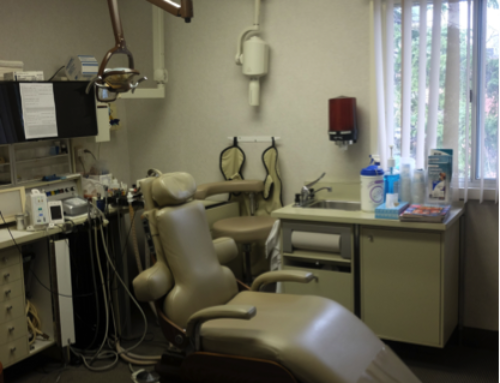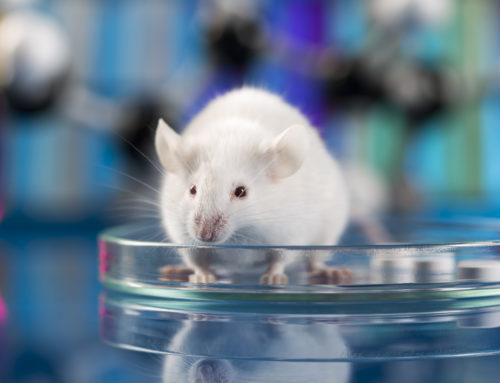
A recent study in the journal Scientific Reports describes a novel strategy proposed for endodontic pulp regeneration, which builds on previous research on larger vascular structures, to fabricate artificial capillaries for adaptation to endodontic dental procedures.
Bioengineer researchers at the Oregon Health and Science University (OHSU), inspired by advances in 3D technology, developed a method to engineer dental pulp that is pre-vascularized that could be integrated into root canal therapy. One of the study’s lead authors, Luiz Bertassoni, PhD, DDS, reports, “This result proves that fabrication of artificial blood vessels can be a highly effective strategy for fully regenerating the function of pulpal tissues. We believe that this finding may change the way that root canal treatments are done in the future.”
The biofabrication strategy is compatible with short-term vascular formation, according to the authors. Simply, they propose the use of an engineered vasculature present at the initiation of the regenerative process that may be effective in the prevention of hypoxic conditions prior to neovasculogenesis. The novel approach is based on the 3D fabrication of pre-vascularized pulp-like hydrogel constructs, placed in vitro, along the full-length of root canals. Initial laboratory results indicated that odontoblast-like cells encapsulated in hydrogel constructs stimulated endothelial colony-forming cells and thereby demonstrated greater tendency to spread and form endothelial monolayers.
The fabricated pre-vascularized material simulated dental pulp-like tissue and was created with GelMA hydrogel prepolymer. The material contained odontoblast-like cells that they inserted into the root canals. Then endothelial cells, previously isolated from the interior lining of blood vessels, were placed in the pre-fabricated microchannels. Within seven days, odontoblasts or dentin-producing cells began to proliferate near tooth walls, forming artificial blood vessels inside the pulpal chamber of the tooth.
The vascular conduits formed at the beginning of the regenerative process optimized oxygen, nutrient diffusion and waste removal along the length of the scaffolds. The approach may form the basis for a simple and effective strategy for bioengineering of vascularized dental pulp with potentially beneficial translational outcomes.





